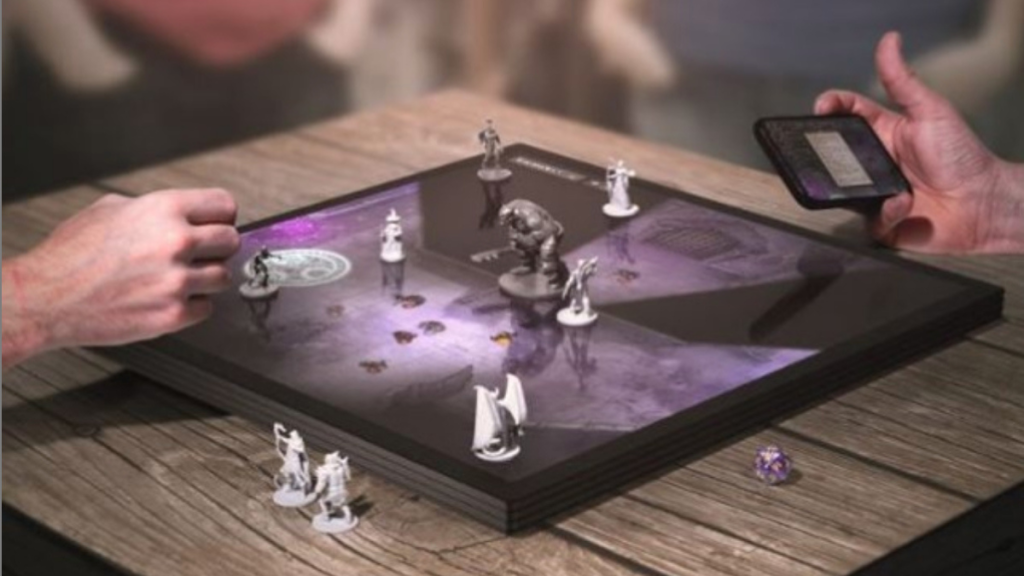Tabletop games have been part of human culture for thousands of years. Games like Senet in Ancient Egypt date back to around 3100 BCE, while Go emerged in China over 2,500 years ago. More modern classics like chess and backgammon began spreading through Europe and the Middle East by the 15th century. For centuries, these games stayed tied to physical boards, dice, cards, and close in-person interaction.
In the late 20th century, the tabletop scene expanded with titles like Dungeons & Dragons in 1974 and Settlers of Catan in 1995. These games introduced new mechanics and more immersive storytelling. But starting around the early 2000s, things began to shift. The rise of the internet, smartphones, and online communities gradually transformed how people accessed, played, and shared their favorite games. This digital shift hasn’t just added convenience but also opened the door for new forms of creativity, wider access, and even whole new categories of gameplay.
Here’s how tabletop gaming has changed—and continues to change—in the digital age.
The Era of Digitalization
These platforms began gaining traction in the mid-1990s, offering virtual versions of games like poker, blackjack, and roulette. What started as simple interfaces soon evolved into interactive and competitive online experiences. Online casino platforms have played a big role in introducing traditional games to digital spaces.
The popularity of video games also helped drive attention toward digital gaming spaces. As early as 2005, platforms like Xbox Live and PlayStation Network (online multiplayer gaming services) showed that online play was more than a passing trend. This opened the door for tabletop experiences to follow suit. Digital platforms for board games began appearing in the late 2000s, allowing players to meet virtually and enjoy classic or new titles.
Moving from physical to digital formats brought several benefits. Digital tabletop games are easier to set up, require no cleanup, and often include tutorials or automated rules. According to Wired, this convenience has made games more accessible for beginners and helped keep interest alive during periods like the COVID-19 lockdowns in 2020 when physical gatherings weren’t possible.
Online Gambling & Digital Tabletop Games
Online casinos have become a permanent fixture in the digital gaming world. Since the late 1990s, these platforms have grown to offer tabletop-inspired experiences like poker, blackjack, and craps. Today, users can play for real money in real-time, often competing in multiplayer rooms. These digital versions closely replicate the structure of traditional games while adding new ways to interact through features like live chats, leaderboards, and competitive tournaments.
At the same time, the legal and safety aspects of online gambling vary across regions. Some countries have strict regulations and licensing requirements, while others have more relaxed policies. For users, it’s essential to choose licensed platforms that use strong digital security protocols, such as SSL encryption (a standard technology that protects data exchanged over the internet), to keep personal and financial information secure.
Another reason for the popularity of digital gambling is gamification. Smartico defines this process as the addition of game-like elements such as points, badges, levels, and daily rewards to keep users engaged. The trend has spread beyond gambling. Many free-to-play tabletop apps now include similar features, encouraging players to return regularly and rewarding long-term involvement with extra content or in-game perks.
Game Design and Digital Tools
The way tabletop games are designed has shifted significantly over the past two decades. Before digital tools became common, most creators relied on hand-drawn prototypes, printed rulebooks, and in-person playtesting. Today, many designers use specialized programs that support faster development, cleaner layouts, and more efficient playtesting.
One of the biggest advantages of these digital tools is speed. With digital prototyping, designers can experiment with different mechanics, layouts, and visuals quickly. Early-access platforms allow developers to collect feedback from global users in a matter of days rather than months. This helps creators adjust gameplay, resolve bugs, and improve clarity well before a physical version is produced.
In addition, 3D modeling tools such as Blender have expanded what designers can do. These programs allow creators to build detailed models of tokens, boards, and pieces, which can later be manufactured or shared online. This blend of digital and physical workflows means that today’s tabletop games are often more visually engaging and better tested than in the past.
Access and Affordability in the Digital Age
Access to tabletop games has improved significantly since digital platforms began offering alternatives to physical products. In the past, getting into the hobby meant buying full boxed games, rulebooks, and components, often a costly and space-consuming investment. Today, platforms like Board Game Arena (a browser-based hub for digital board games) and Tabletopia (an online sandbox for playing and designing games) provide hundreds of titles. Many are free or available through affordable subscription models.
This digital access means players can now try games before deciding to purchase a physical copy. Features like guided tutorials, online demos, and trial access remove the pressure of committing upfront. As a result, newcomers feel more confident exploring unfamiliar games and experienced players can test new titles without expanding their shelves.
Furthermore, the reach of digital platforms has allowed games from specific regions, such as Japan, Germany, or Brazil, to find global audiences. These titles were once difficult to access outside their home countries, but now they’re available to players worldwide. This broader exposure has enriched the global gaming landscape with more styles, mechanics, and cultural influences than ever before.
Looking Ahead with Dice in Hand
The shift from physical to digital has changed how tabletop games are made, played, and remembered. Technology has opened new doors for players, designers, and independent creators alike. While the joy of face-to-face play still holds value, digital tools have helped the hobby reach more people and adapt to a connected world. The evolution continues, and it’ll be exciting to see where tabletop games go next—no matter what form they take.

